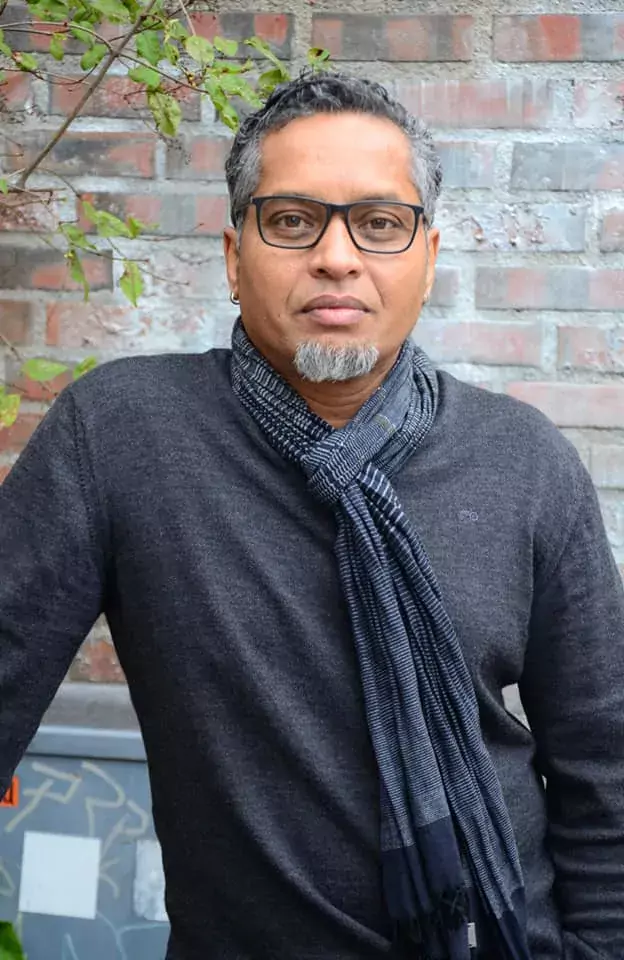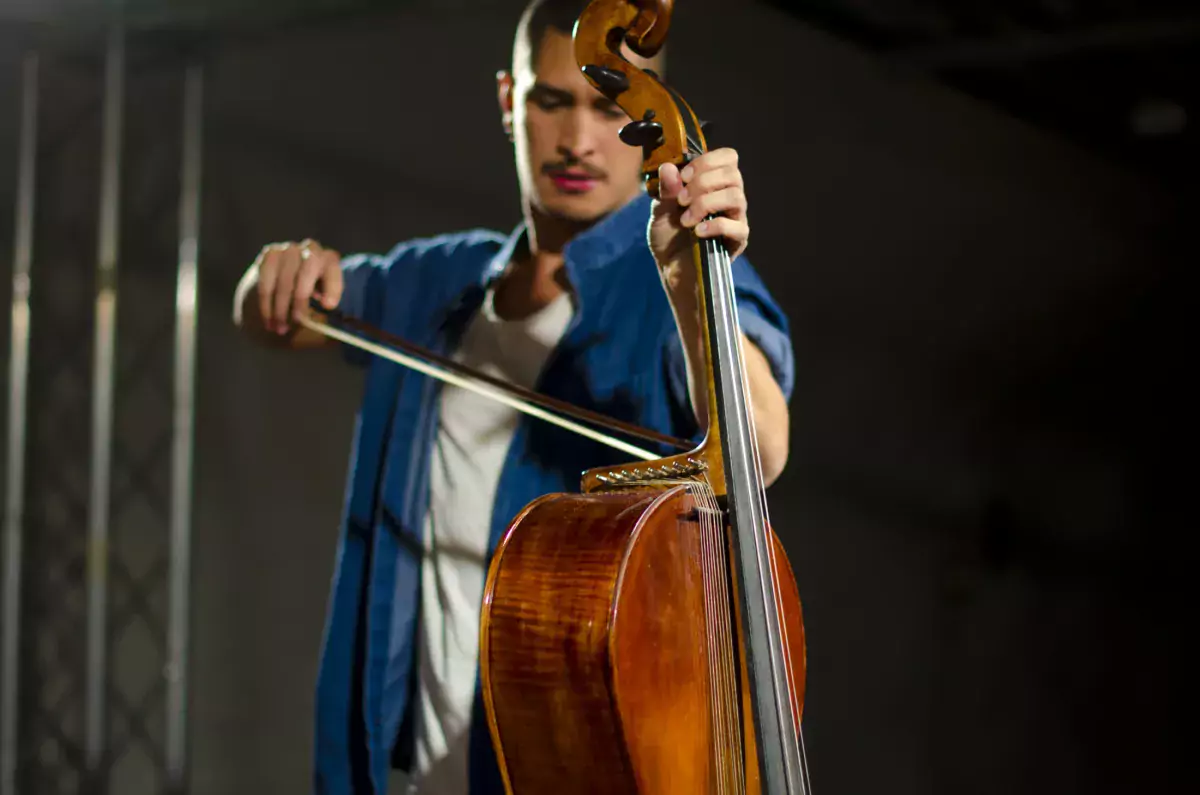Special Sessions
Le Thinnai Kreyol: Ari Gautier in conversation with Ananya Jahanara Kabir
Ari Gautier is a French novelist from Pondicherry of Indo-Malagasy origin, based in Oslo. He writes historical fiction about Pondicherry’s place in the world, and works at Melahuset, Norway, an institution promoting art and culture from the Global South. In May 2020, Ari Gautier co-founded along with Ananya Jahanara Kabir, the online cultural platform,
Ari’s novels ‘Le carnet secret de Lakshmi’ (2016) and ‘Le Thinnai (2018), are the first novels by a postcolonial Franco-Pondicherrian author to explore Pondicherry’s past as a former French enclave within what became consolidated as British India, its postcolonial status as caught peculiarly between French and Indian realities, and a complex linguistic legacy of French, Tamil, and Creole, which he addresses through a Rabelaisian orality as much as attention to the sites and spaces of in-between storytelling that reconnects Pondicherry to a transoceanic Francophone and Creolophone world. He is currently working on his third novel, ‘Pondichéry: une saga kreyole’.
Musical Intermezzo: Sergio Andrés Castrillón A.
--> FOR THE OPTIMAL LISTENING EXPERIENCE, please find yourself a quiet room and use headphones! Turn off the lights as if you were in an electroacoustic music concert.
THE GUTS OF THE ATLAS: 4 pieces for amplified cello and electronic media, 20 min
This work is made in collaboration with postdoctoral researchers Karen Lauwers (working on the French-Algerian axis of the CALLIOPE-project) and Esha Sil (responsible for the British-Bengali axis). Both researchers, respectively, came across popular sung poems from the Kabylia and collections of classical and popular music from Bengal, transcribed and harmonised by European settlers in the 18th and/or 19th centuries. Sergio Castrillón’s contribution to the project is to analyse and re-create sonically 4 of these airs by juxtaposing to an ancestral non-western traditional atmosphere a contemporary electroacoustic soundscape using comprovisation. According to composer and researcher Sandeep Bhagwati, comprovisation appears as a practice that allows score-base notated pieces the inclusion of improvisational elements, generating the coexistence between a contingent moment of performance, and a context-independent system of rules. However, here Castrillón proposes to use comprovisation as: 1) an experimental creative process, 2) a tool for using non-traditional notation or scoring, and 3) an analysis method for Experimental-Multi-Sonic pieces. Namely, the core of its compositional-performative aim is expanded into a multifunctional tool that can be applied to different creative and analytical processes.

